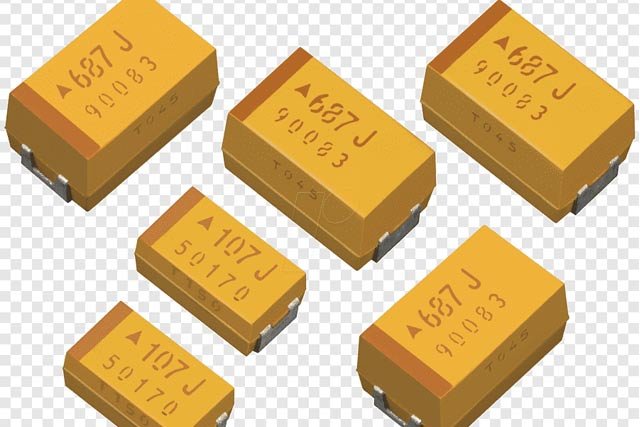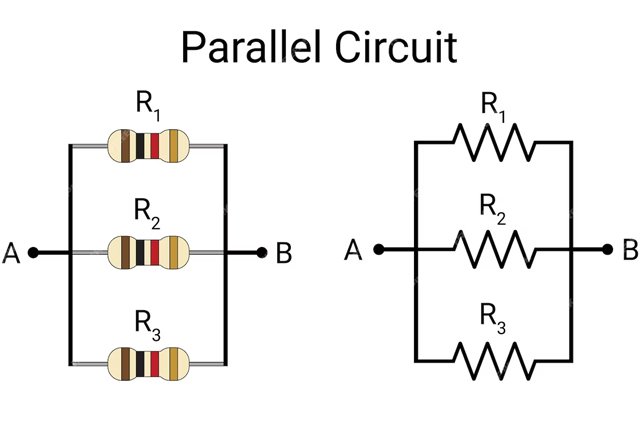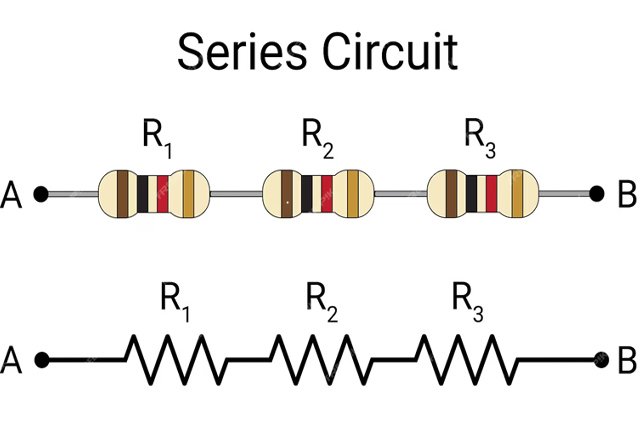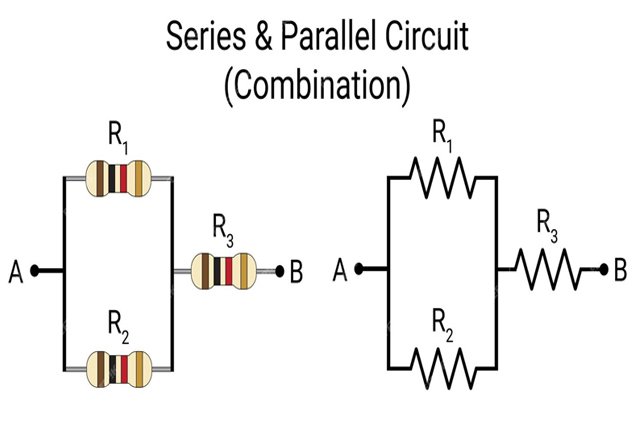In electrical and electronic devices, capacitors are pivotal components that bridge the gap between conducting electricity and storing energy. These versatile devices find application in countless electrical systems and gadgets, enabling them to function optimally. Capacitors come in a variety of types, each designed to fulfill specific roles. Among the core classifications are polar and non-polar capacitors. In this extensive guide, we will focus on how to actually combine nonpolar capacitors and explore in-depth how to combine them to augment electrical storage capacity.
Understanding Non-Polar Capacitors
Non-polar capacitors are unique in their functionality, primarily because they lack a defined positive or negative charge. This distinctive feature makes them adaptable to situations where the polarity of the voltage can fluctuate or isn’t precisely defined. Unlike their polarized counterparts, non-polar capacitors are flexible in terms of their orientation within an electrical circuit. You can connect them in any direction, simplifying their integration into a wide range of applications.
Types of Non-Polar Capacitors
Non-polar capacitors can be further categorized into distinct types, and while many varieties exist, two of the most common are Ceramic Capacitors and Tantalum Capacitors.
Ceramic Capacitors:

These compact, lightweight capacitors are ideal for high-frequency applications. Their small size belies their capacity to handle substantial electrical loads. As such, they find use in more extensive appliances, making them an integral component in the world of electronics.
Tantalum Capacitors:

These capacitors are sought after when space is at a premium and heat generation is a concern. Devices like audio equipment often incorporate tantalum capacitors due to their high-density characteristics, which make them well-suited to such applications.
While several other non-polarized capacitor types cater to specialized industry needs, these two are the most commonly encountered in everyday life. Capacitors used in industrial and specialized applications often belong to more niche categories.
Exploring Combinations of Non-Polar Capacitors
The beauty of non-polar capacitors lies in their flexibility, and combining them opens the door to a plethora of possibilities. Here are the primary configurations:
Parallel Combination:

If your objective is to increase capacitance without altering voltage, the parallel combination of capacitors is your go-to option. This arrangement lets you enhance storage capacity without affecting voltage levels. Often, a single capacitor may not provide adequate storage, necessitating the use of parallel combinations to achieve the desired electrical storage capacity.
Series Combination:

In contrast to the parallel combination, connecting capacitors in series increases voltage while keeping capacitance levels consistent. This configuration is particularly useful when you require higher voltage without sacrificing storage capacity. It serves as the perfect counterpoint to the parallel combination of capacitors.
Mixed Combination:

It is the solution for scenarios demanding increased voltage and capacitance. However, selecting the right non-polar capacitors is crucial, as not all types can effectively handle higher voltages and increased capacitance levels. This combination offers versatility, but it requires careful consideration of capacitor compatibility.
Materials Required for Creating Non-Polar Capacitor Combinations
Before Diving into how to combine nonpolar capacitors, you must have a minimal set of readily available materials. These include:
Jumper wires (two per combination)
Voltage testers
Wires of different colors
Non-polar capacitors with the desired capacitance
Jumper wires and other electrical components are easily accessible online and in local electronics stores.
A Step-By-Step Guide to Combining Non-Polar Capacitors

Creating combinations of non-polar capacitors is a straightforward process that, when executed correctly, can significantly enhance your electrical storage capacity. Here’s a detailed step-by-step guide:
1. Determine your project’s desired voltage and capacitance from your capacitor combination. These specifications will guide your selection and configuration.
2. When combining two non-polar capacitors, secure two jumper wires. Connect each end of a jumper to the plug of each capacitor. Ensure that these connections are firmly established for proper operation.
3. After completing the combination, verifying the voltage and capacitance is essential to confirm that your newly created capacitor configuration aligns with your intended specifications. This step ensures that your capacitors function as expected.
4. For situations where you are connecting more than two capacitors, employ four wires of different colors. Typically, each capacitor possesses four plugs. Connect one end of each wire to the larger capacitor’s plug and distribute the other two ends to the remaining capacitors, interconnecting them as required to build the desired combination.
5. Always conduct a final verification of the voltage using a voltage tester. This precautionary measure ensures that your combination is correct and adheres to the specified parameters.
Conclusion
Combining non-polar capacitors is a straightforward process that can significantly enhance electrical storage capacity. Various combinations cater to different needs, whether you require increased voltage, capacitance, or both. Always exercise caution, keep a voltage tester on hand, and verify your combinations to ensure they align with your intended specifications. This comprehensive guide serves as a valuable resource for knowledge to combine nonpolar capacitors in your electrical projects, making the process accessible and efficient.
As you delve into the world of non-polar capacitors and their combinations, you’ll unlock a world of possibilities for optimizing electrical storage in your projects and applications. When harnessed correctly, these versatile components can help you meet your electrical needs with precision and efficiency. So, whether you’re an electronics enthusiast, an engineer, or a hobbyist, this guide empowers you to make the most of non-polar capacitors for your innovative endeavors.





